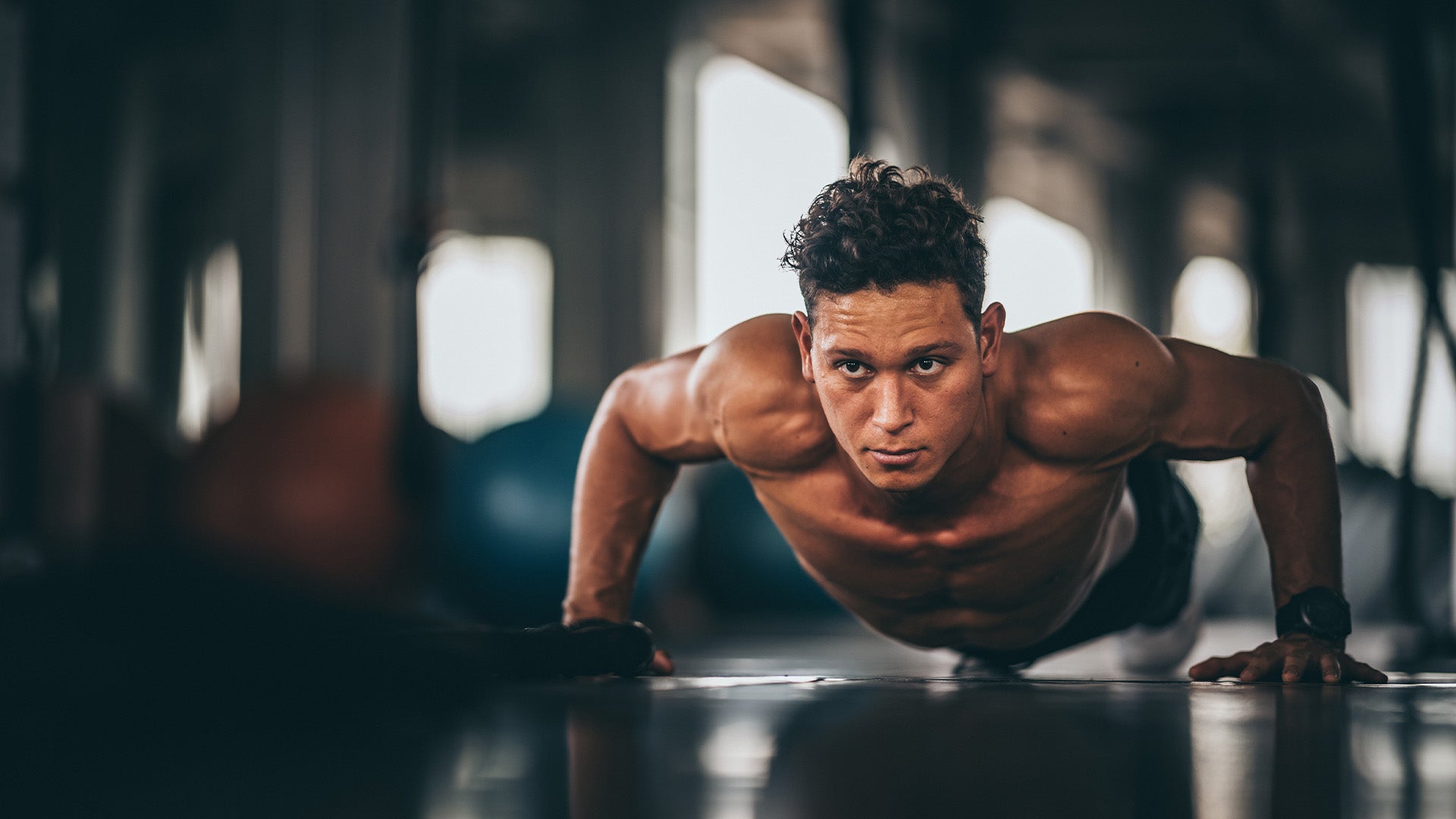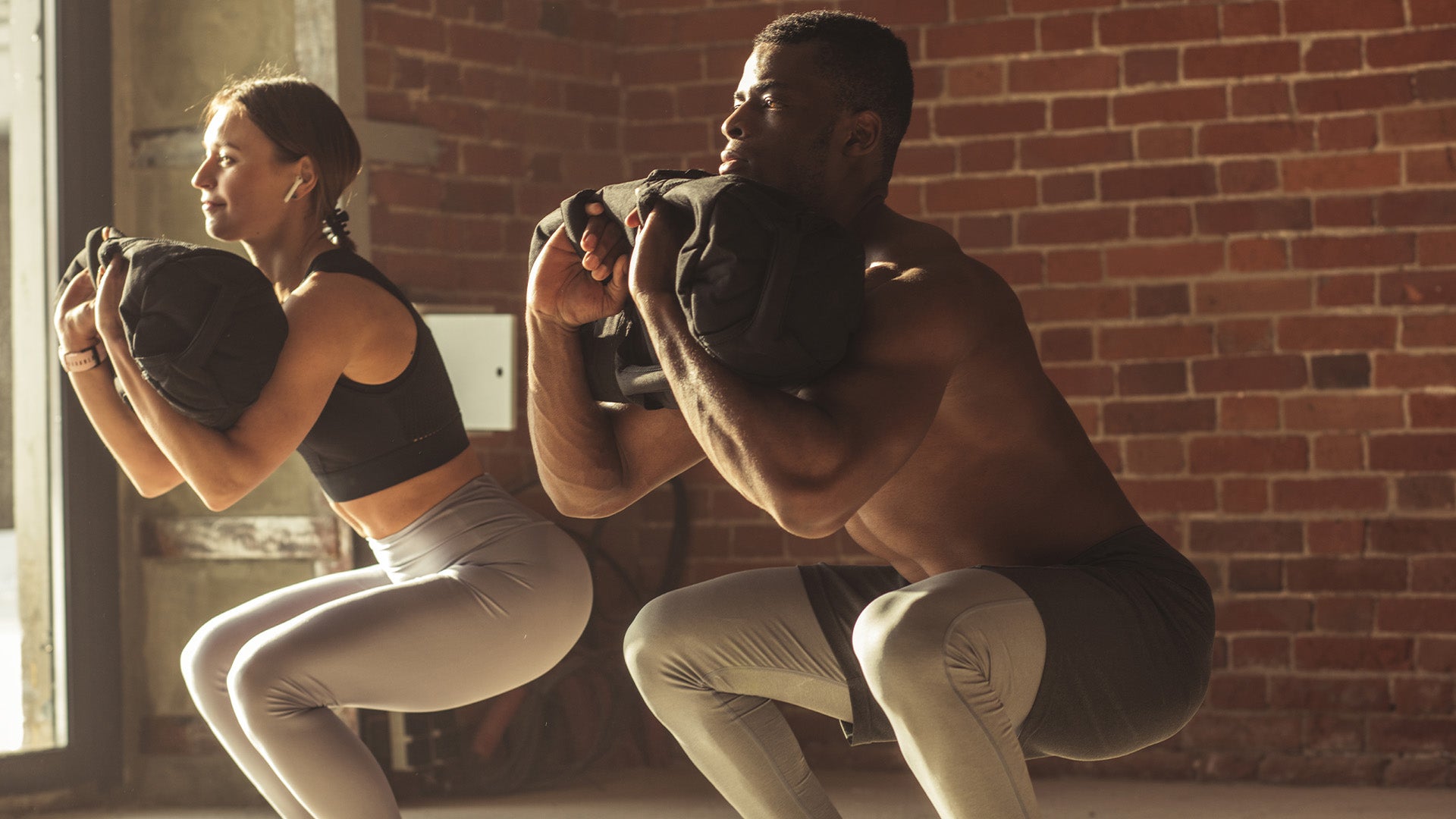Everyone works out for different reasons. Maybe you’re looking to shed some pounds and feel some weight loss. Maybe you’re trying to build muscle to look more sleek and toned. Or maybe you’re just trying to improve your holistic well-being. Whatever the reason – you can benefit from functional strength training.
If you’re already a gym lover, you might incorporate functional fitness into your routine without even realizing it. But if you’re not, this type of training can profoundly affect your overall wellness. Here’s everything you need to know about functional strength training.
What Should I Know About Functional Strength Training?
As humans, we engage in a wide range of movements every single minute. Even when you’re just sitting on the couch watching your latest Netflix obsession, you’re still bending over to grab the remote, twisting to the side to reach your side table, and turning over to lie down. These activities require smooth motions in the three planes of motion: sagittal, frontal, and transverse.
Some of these movements can become more challenging as we age or suffer from disease and injury. You might notice that older adults struggle to lift things overhead, get up off the couch, or complete everyday movements. These are called activities of daily living (ADL).
Being unable to complete ADL, or having difficulty completing them, can drastically affect your quality of life, confidence, and self-esteem. So functional strength training involves performing exercises aimed at enhancing individual strength so that activities of everyday life are easier to perform.
These exercises translate to real life and are meant to make it easier for you to go about your everyday activities in and out of the gym.
What Are Some Functional Strength Exercises?

You can incorporate functional strength into your daily workout routine without switching things up too much. In contrast to traditional strength training, functional exercise includes training the movement rather than the muscle groups.
For example, a leg extension naturally strengthens the quadriceps but will not transfer to real life. By contrast, a bodyweight squat is a functional movement with a “transfer effect” on improving your ability to get up off a chair or get lower to the floor to reach under your sink, for example.
With that in mind, a functional strength training program utilizes movements similar to the actual movement in the ADL and can support your range of motion.
Push-Ups
Pushing movements are common every single day. From sliding heavy boxes down the hallway or pushing open a heavy gate, you want to make sure that your brain and body can coordinate this sort of movement.
A push up is essentially you trying to push the floor away from your body. It strengthens the chest, triceps, and shoulders and can make it easier for you to complete general push movements throughout the day.
Push ups can feel scary, but they can be done at any body strength or fitness level. Drop your knees to the floor to make them a little bit easier while you work towards a full body version.
Lunges
While you might not lunge across the room to get to one side or the other, you complete related movements throughout the day. Walking up and down the stairs are variations of a lunge, so performing this movement can help the associated muscles (glutes, hamstrings, quads) perform at their best.
Romanian Deadlift (RDL)
Exercises that involve a hip hinge, like deadlifts or variations of the deadlift, have profound functional effects on ADL. These movements can make it easier for you to bend over to pick up objects from the floor.
Romanian deadlifts are great for beginners because they build strength while also helping your body become more accustomed to the motion of hinging at the hips to bend down rather than bending the spine. This helps prevent injuries in the lower back down the line. Plus, you can do this movement with a barbell or dumbbell.
What Are Some Benefits of Functional Strength Training?

Functional exercises are important for many different reasons outside of just improving your ability to complete activities of daily living. There are many reasons why personal trainers all over recommend these movements to their clients at all fitness levels.
Improves Posture
When done correctly, almost every functional exercise doubles as a core exercise. Squats, deadlifts, and other full body movements require you to keep your core tight and activated to prevent lower back injuries.
This helps you improve your posture in daily life. When your core is strong, you take pressure off your lower back and can maintain a more erect posture throughout the day.
Improves Athletic Performance
Doing full body exercises that focus on movement can help foster a mind-muscle connection. Simply put, this is the idea of deliberately contracting certain muscles and joints during a given movement.
Functional movements involve movement in all planes of motion, which translate to daily living but also athletic movements. Many of these exercises can make you a better sprinter, basketball player, skier, and everything in between.
Helps With Muscle Recovery
Experienced lifters and bodybuilders still need time to recover after intense workouts. And while stretching and massages can help decrease that lactic acid to make you bounce back even better than before, performing functional exercise might make it easier for you to get back into the grind without feeling super sore the next day.
One study found that functional exercise training can decrease the recovery time needed between sets of exercise for maximum muscle involvement. Not to mention, the more you complete functional movements, the better your body will adapt. This can reduce the risk of injury and make your workouts more effective in the long-term.
How Should I Balance My Training Regimen?
You should definitely include functional training in your training regimen, but it’s just one part of a much bigger picture. You don’t want to neglect the single joint movements that are still great for building muscles.
In fact, single joint movements like dumbbell flys can help to restore muscle imbalances and make you stronger in certain aspects. While these movements do not necessarily translate to real life activities, they can improve ligament and muscle strength needed to conduct activities of daily living more efficiently.
The most effective workouts utilize a combination of single joint and compound exercises that incorporate the whole body.
In Conclusion
Functional strength training incorporates full body motions to enhance movement with the goal of improving your ability to complete activities of daily living. Movements like RDLs, squats, and push ups are just a few exercises that focus on enhancing movement, rather than improving muscular strength. In turn, these can translate to real life activities to help prevent soreness and stiffness with aging.
For personalized, science-backed functional training that adapts to your skill level, Speede has exactly what you need. With four different modes, Speede delivers results in half the time as a traditional workout.
Book a demo today to see what this revolutionary new training technology is all about.
Sources:
What Is Functional Training? | AIPT
Muscle Recovery after a Single Bout of Functional Fitness Training | PMC
5 Benefits of Compound Exercises | American Council on Exercise

